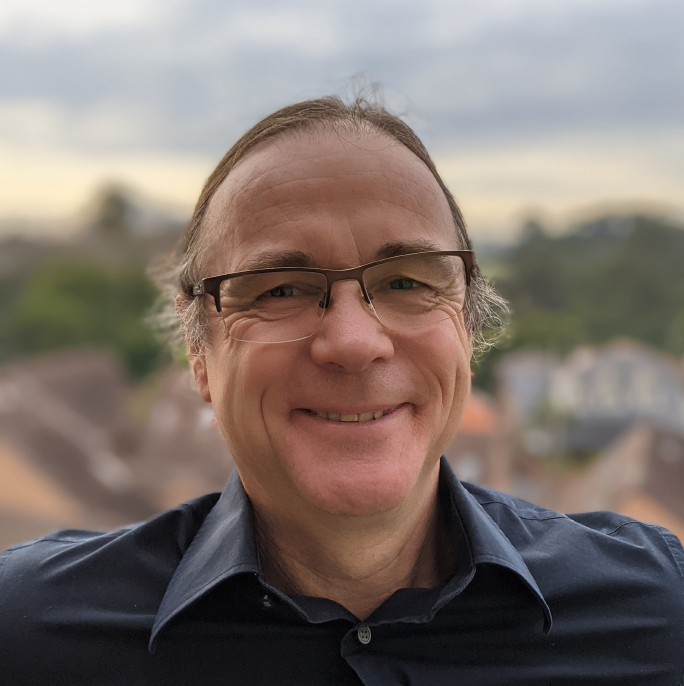
AOGS Honorary Member

2021 AOGS Honorary Member
Iver CAIRNS
University of Sydney
The citation is “in recognition of distinguished services to the Asia Oceania Geosciences Society and excellence in Space Physics”.
Professor Iver Cairns was the inaugural President of the Solar and Terrestrial (ST) Section of AOGS, elected at the first AOGS conference, and then re-elected, serving in this capacity 2004 – 2008.
Elected Assistant Secretary General in 2007, he served as Secretary General of AOGS effectively for 2007 – 2010. During this time he led the Program Committee and meeting organisation for the first and second AOGS conferences outside Singapore, in Bangkok (2008) and Hyderabad (2010), as well as the 2009 AOGS meeting in Singapore. Assistant Secretary General again 2010 – 2011, Prof. Cairns led the Local Advisory Committee for the AOGS meeting in Brisbane, Australia, in 2013. He was a member of the AOGS delegations to consult with the American Geophysical Union in 2009, 2010, and 2012 – 2014, helping to arrange the AOGS – AGU (WPGM) Joint Assembly in Singapore in 2012. In addition, Prof. Cairns has arranged multiple special sessions at AOGS conferences and was an AOGS Distinguished Lecturer in 2010.
Prof. Cairns’ primary interests are in the theory, simulation, and observation of plasma waves, radio emissions, shocks, and associated space weather produced from the solar corona to the local interstellar medium. His most important contributions are: (1) Burstiness: He demonstrated that the near-universal spatio-temporal burstiness of waves and radiation is a signature of the physics and plasma inhomogeneity, co-developed stochastic growth theory (SGT) and demonstrated its applicability in over 10 systems, investigated multiple linear instabilities, critically assessed nonlinear instabilities and strong turbulence, and co-discovered localized Langmuir eigenstates in space. (2) Radio emissions: He developed the first micro- to macro-scale theories for the solar system’s most powerful radio emissions, type II and III solar radio bursts and 2-3 kHz radiation from the outer heliosphere. These combine his analytic/numerical theories for the microphysics of electron beams, wave growth, linear mode conversion, and nonlinear processes and integrate them over multiple regions of a macroscopic extended source. (3) Radiation mechanisms: He developed the most detailed simulations and theories for radio emission near the plasma frequency and twice the plasma frequency. He derived the efficiencies of relevant nonlinear processes and implemented them, and showed that `` linear mode conversion’’ (LMC) actually produces both o- and x-mode radiation.
Prof. Cairns is a Co-Investigator on multiple NASA satellites and rockets and a longtime leader of the Solar, Heliospheric, and Ionospheric (SHI) Group of the international Murchison Widefield Array (MWA), a radio telescope in Western Australia. In Australia, he chaired the National Committee for Space Science (2005-2011), led the first Decadal Plan for Australian Space Science, released in 2010. and worked to develop indigeneous space capabilities. As Principal Investigator, he led the INSPIRE-2 project to become the first Australian CubeSat and the fourth Australian-built satellite to work in space. As Director of CUAVA, he works to train people for the space sector, develop novel hardware for CubeSats and UAVs, and evolve commercialisable products and services.
